Global carmakers are paying greater attention to safety than ever before. This is the view of Thatcham Research as it reveals its list of the safest new cars launched during 2022.
Thatcham Research is the lead contributor to the European New Car Assessment Programme (Euro NCAP) and all the cars tested during the past 12 months scored at least a four-star rating for the first time in the programme’s history. Even more encouragingly, 80% received the highest five-star accolade.
Cars that feature on the 10 safest list are selected by judges[1] based on Euro NCAP test scores, in addition to other core criteria such as mass-market appeal, safety technology innovation and the performance of the car’s Assisted Driving[2] (AD) technology.
“Thatcham Research actively promotes innovation in both impact protection and crash avoidance technologies, and as leading advocates for the Euro NCAP programme, it is satisfying to see 50 out of the 66 cars tested in 2022 achieving a five-star rating, resulting in perhaps the strongest safest cars list we have seen,” explained Matthew Avery, Thatcham Research chief research strategy officer. “This is something for which carmakers should be applauded, and we are pleased so many are continuing to prioritise motorist and vulnerable road user safety – especially during times of great technological and economic disruption.”
Euro NCAP secretary general and What Car? Safety Award judge also commented:
“It’s been a strong year for the carmakers that have launched new vehicles and the results we’ve seen are good news for all road users. The record safety ratings are particularly impressive when you consider this year’s Euro NCAP test protocols are the most demanding yet.
“All the cars tested this year performed well, offering high levels of protection to occupants and other road users, but some have really gone above and beyond to be the safest cars on our roads today.”
Record breakers
The 10-car shortlist represents the nominations for the coveted What Car? Safety Award 2023. All are five-star performers and feature vital safety equipment that will help to ensure the safety of motorists and vulnerable road users in this new era of Assisted Driving technology.
For example, despite being considered a niche innovation just a couple of years ago, airbags to help prevent life-threatening interaction between occupants during a side impact are present on every vehicle in the 10 safest list.
Partition airbags of this type are now a key safety measure, reducing head-to-head brain injury by compartmentalising occupants. This provides reassurance for drivers with children seated in the back and are also now a standard feature of new entry-level vehicles typically driven by young motorists transporting friends.
Judges also noted a similarly encouraging trend with Driver Monitoring System (DMS) technology that Thatcham Research believes is fundamental to the safe and successful deployment of Automated tech in the future.
“DMS has a pivotal role to play in improving road safety. In fact, we believe it to be one of the most beneficial tech advances in recent times.
“This technology is not a ‘spy in the car’ and doesn’t record or log driver activity.
“Its impact as a ‘guardian angel’ technology in the short-term is profound, preventing fatigue from killing people, while ensuring motorists remain engaged with the driving task and undistracted by handheld devices.
“Next wave DMS can also improve the performance of current Advanced Driver Assistance Systems (ADAS), for example, by helping the car to better understand the driver’s intentions and, by doing so, preventing unnecessary interventions by the technology.
“And as greater levels of vehicle automation are introduced, DMS keeps motorists ‘in the loop’, ready to take back control when required to do so,” Avery added.
Tomorrow’s technology
As automotive technology and motoring continues to evolve towards a cleaner future, Thatcham Research has welcomed the fact that nine of the nominees are full Electric or Hybrid Vehicles. “Although many households might feel that EVs are beyond their budget, it’s good to see there are more accessible options for buyers that also deliver high-end safety features as standard, and their mass-market appeal will have a big influence on motoring safety,” Avery explained.
This year’s ten safest list also features a new entrant to the UK market in the form of Great Wall Motor’s ORA brand, which made an impressive safety debut in 2022.
“We’ve seen several brands from the Far East producing five-star cars this year – it’s always reassuring to see new market entrants not only meeting, but also raising, the safety standard.”
The 2023 What Car? Safety Award winner and two runners-up will be announced on 19 January.
The 10 safest cars that can be bought today
The models in contention for the 2023 What Car? Safety Award, in alphabetical order, are:
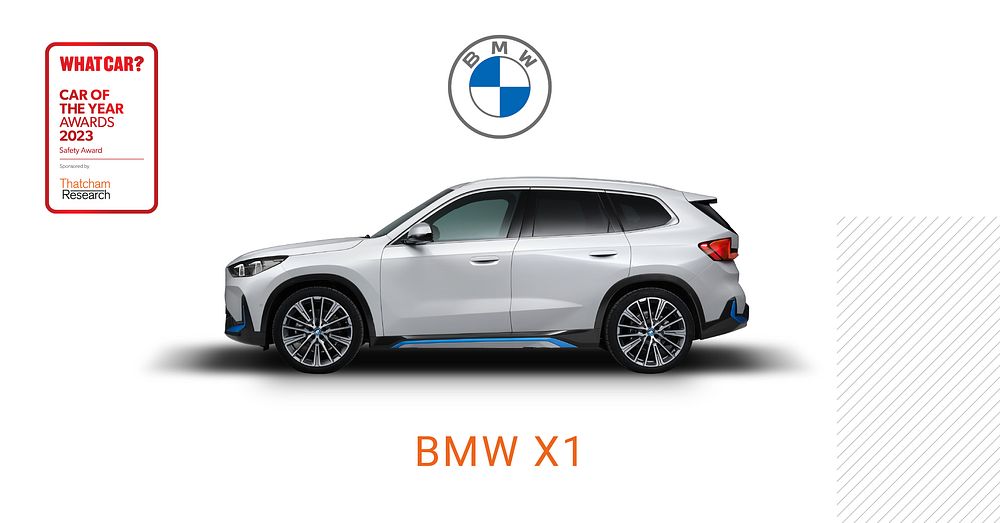
BMW X1
The only ICE (Internal Combustion Engine) vehicle on the list of nominations for this year’s Safety Award. This SUV is aimed at families and judges were encouraged that BMW is continuing to develop safe diesel or petrol vehicles – despite the continuing market shift towards full Electric Vehicles.
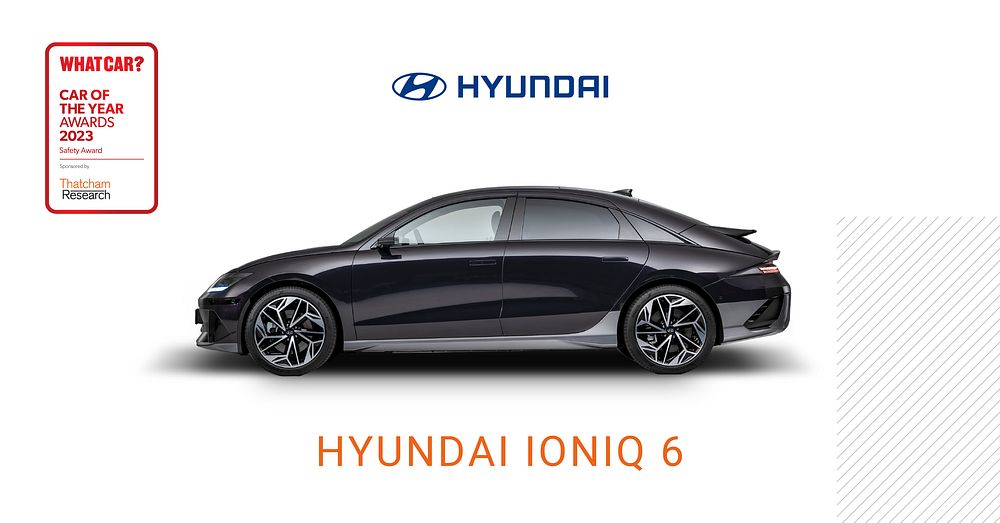
Hyundai Ioniq 6
A close relative of the fully-electric Ioniq 5 and KIA’s EV6 models, the Ioniq 6 comes from a stable of carmaker brands that are very good at pushing the safety envelope. The car’s Adult Occupant Protection[3]score is a highlight at 97%.
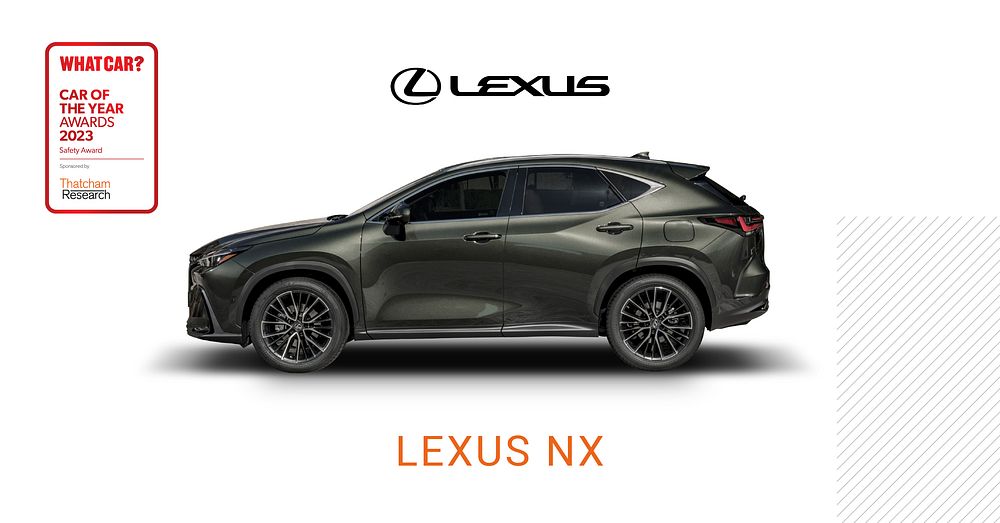
Lexus NX
As a premium brand, Lexus has a strong track record for safety and the NX SUV is no different. Available as a normal or plug-in hybrid, this is a car that shares the same platform as the RAV4 from its parent company Toyota and is blessed with a level of passive[4] and active tech that provides strong protection.
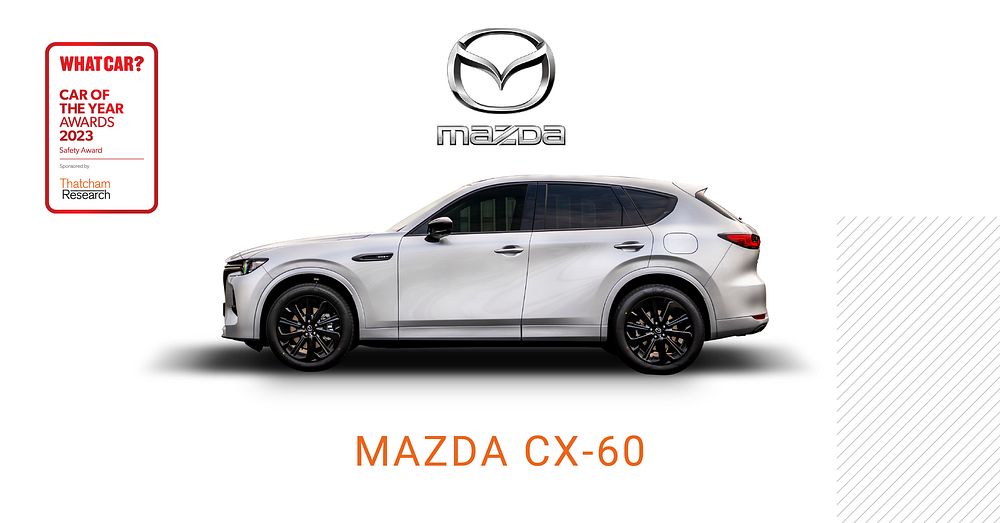
Mazda CX-60
This plug-in hybrid marks Mazda’s first entry into the large SUV segment. Judges liked the fact the CX-60 already features a next-generation Driver Monitoring System, along with centre airbags to compartmentalise occupants in side impacts. It also achieved the highest Vulnerable Road User Protection[5](89%) and Child Occupant Protection[6]scores (91%) of the shortlisted vehicles.
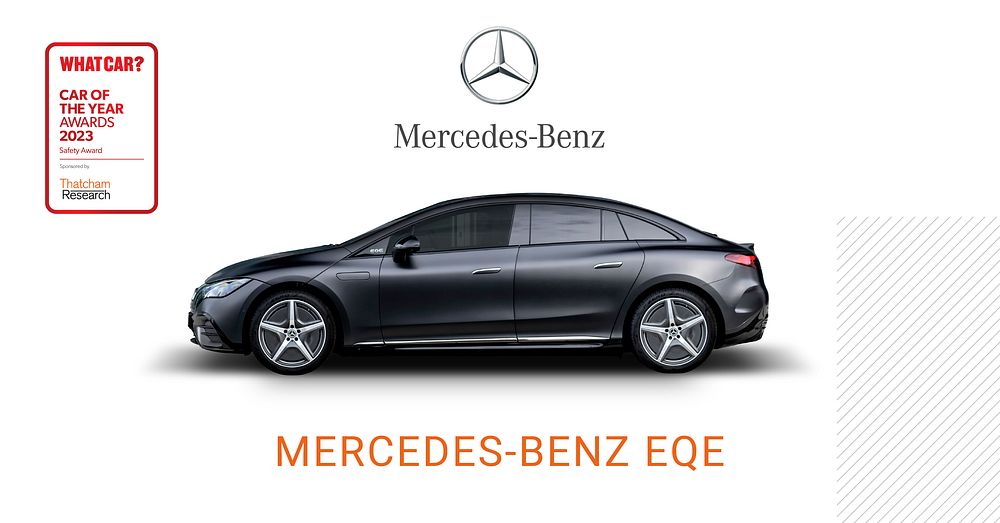
Mercedes-Benz EQE
Everything you’d expect from a carmaker that excels in vehicle safety. The EQE’s Assisted Driving system was rated ‘very good’ during tests. Judges liked the car’s unique ability (in Assisted mode) to automatically move into the slowest lane and perform a controlled stop when an unresponsive driver is detected.
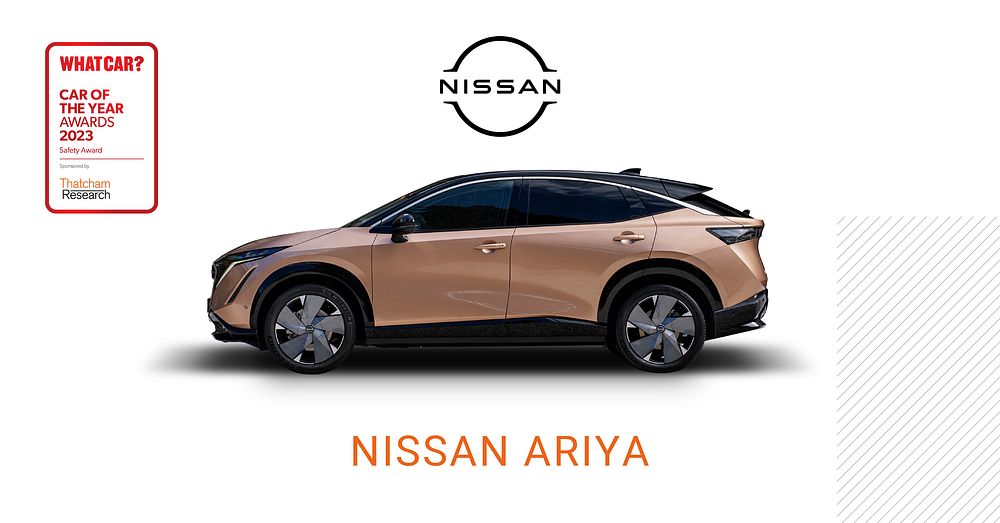
Nissan Ariya
This is Nissan’s second full EV to hit the UK market after the popular LEAF. It features new design architecture and has been hailed as an electric version of the Qashqai – last year’s Safety Award winner. Judges felt the Ariya’s Autonomous Emergency Braking system that can detect pedestrians behind the vehicle, is particularly well placed on a family-focused SUV.
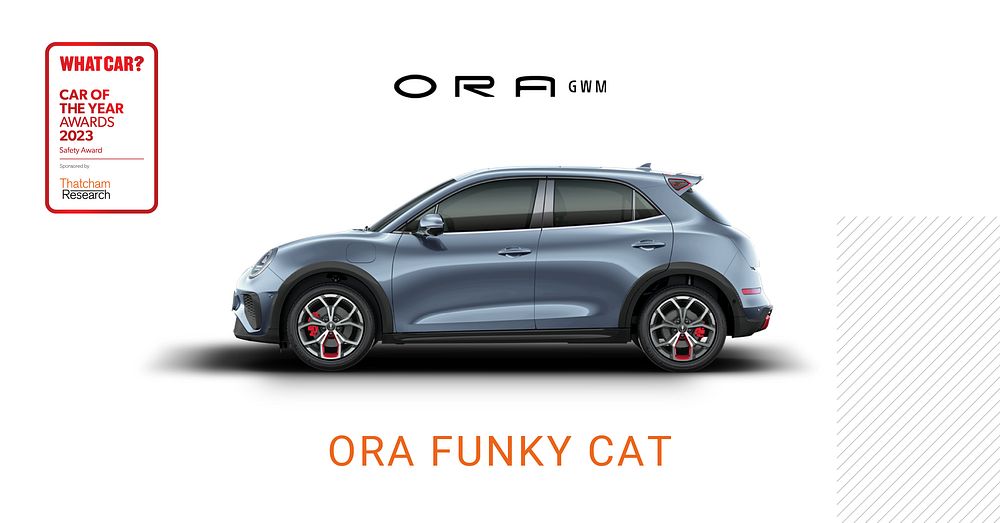
ORA Funky Cat
A brand-new entrant into the UK, and another full EV with an accessible price tag of around £31k. Co-engineered by BMW, the Funky Cat has good passive safety performance, as well as impressive active safety tech.
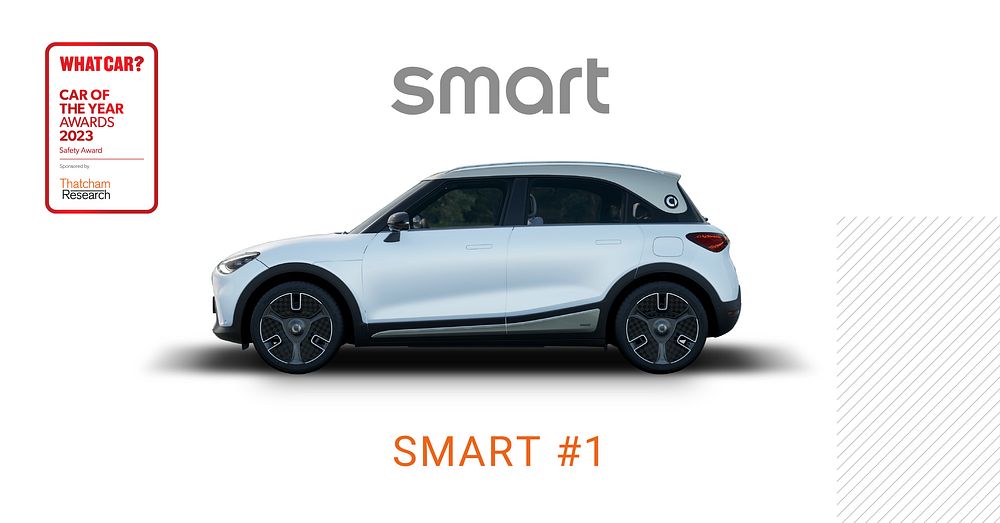
Smart #1
A high-performing SUV in the safety stakes – and with a relatively affordable price tag of around £35k for a full EV. This is a well-engineered car and judges were impressed by one of the year’s highest scores (96%) for Adult Occupant Protection, matching results achieved by larger vehicles with larger crumple zones.
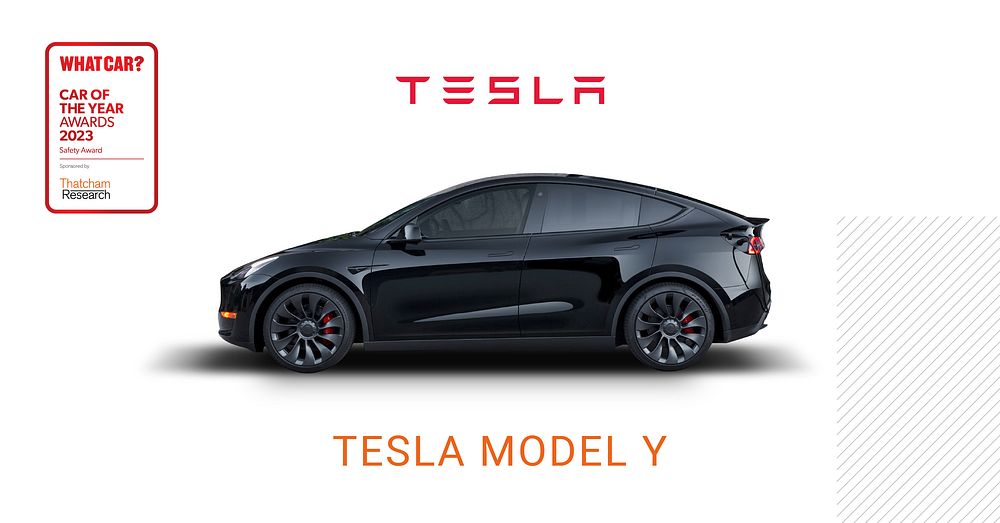
Tesla Model Y
This fully-electric SUV sets the standard for emergency safety system performance – across both active and passive features. Its Adult Occupant Protection score of 97% was the highest of the year, while it’s Safety Assist[7]grading of 98% is the best-ever recorded.
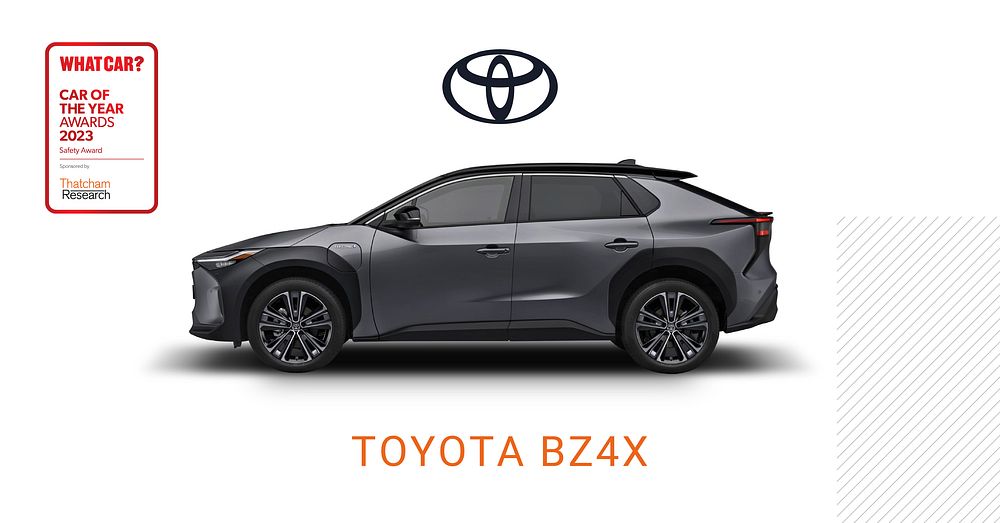
Toyota bZ4X
This SUV is Toyota’s first fully-electric car and is a twin of the Subaru Solterra. Judges found it to be a solid-performing car during tests and were comforted to see safety tech and expertise drilling down from the premium Lexus brand.
ADAS, Assisted and Automated: What does it mean?
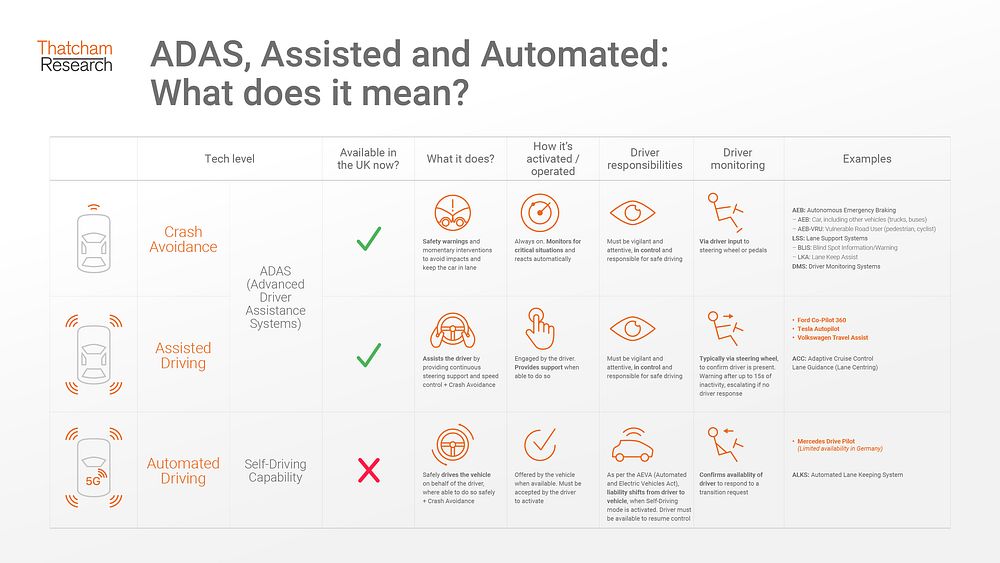
[1] Matthew Avery, chief research strategy officer, Thatcham Research / Michiel van Ratingen, secretary general, Euro NCAP / Claire Evans, consumer editor, What Car?
[2] Assisted Driving or ‘L2’ systems are rated separately by Euro NCAP. These systems, such as Tesla Autopilot, Mercedes Active Distance Assist DISTRONIC and Nissan ProPilot, offer steering, acceleration, and braking support to drivers. See editor’s notes for a guide to current crash avoidance and Assisted Driving technologies
[3] Euro NCAP introduced the overall safety rating in 2009, based on assessment in four important areas: Adult Occupant Protection, Child Occupant Protection, Vulnerable Road User Protection and Safety Assist. The Adult Occupant Protection score is determined from frontal impact, lateral impact, and whiplash tests, which evaluate the protection of adult drivers and passengers offered by the vehicle, and from an assessment of the measures provided for prompt and safe rescue and extrication. Click the link for more detail on the assessment categories: Euro NCAP | The Ratings Explained
[4] Passive safety focuses on impact protection and the performance of seatbelts and airbags, while Active safety focuses on crash-avoidance technologies such as Autonomous Emergency Braking (AEB), Lane Support Systems (LSS) and Blind Spot Information System (BLIS), amongst others
[5] The Vulnerable Road User Protection category assesses how well a vehicle protects vulnerable road users – pedestrians and cyclists – with whom they might collide. Click the link for more detail: Euro NCAP | Vulnerable Road User (VRU) Protection
[6] The assessment of Child Occupant Protection covers the protection offered by child restraint systems in frontal and side impact tests; the vehicle’s ability to accommodate child restraints of various sizes and designs; and the availability of provisions for safe transport of children in the car. Click the link for more detail: Euro NCAP | Child Occupant Protection
[7] Euro NCAP’s ‘Safety Assist’ score is determined from tests to the most important driver assistance technologies that support safe driving to avoid and mitigate accidents. Click the link to learn more: Euro NCAP | Safety Assist
SOURCE: Thatcham Research

